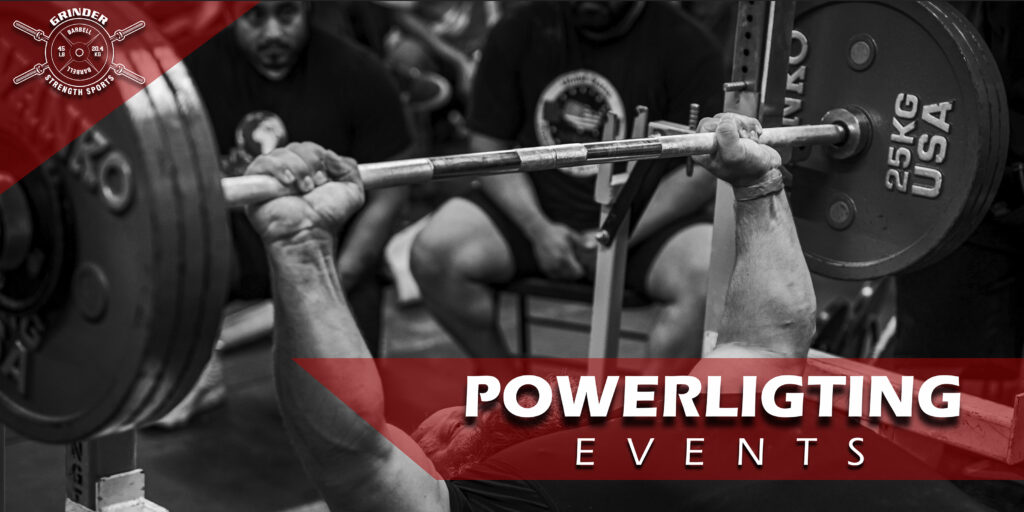Active recovery is the low-intensity exercise you perform after higher-intensity workouts to enhance recovery and overall performance. Unlike passive recovery, which involves complete rest and inactivity, active recovery helps to promote blood flow, reduce muscle soreness, and accelerate the recovery process. This article will explore various active recovery methods that go beyond mere rest, providing practical techniques to incorporate into your training regimen.
Benefits of Active Recovery
1. Improved Blood Circulation: Active recovery promotes blood flow to the muscles, aiding in the removal of metabolic waste products like lactic acid and providing essential nutrients for muscle repair.
2. Reduced Muscle Soreness: Low-intensity exercises help alleviate delayed onset muscle soreness (DOMS) by keeping the muscles gently active, which can reduce stiffness and discomfort.
3. Enhanced Flexibility and Mobility: Incorporating active recovery activities can improve flexibility and joint mobility, leading to better overall movement quality and reduced injury risk.
4. Mental Relaxation: Engaging in light physical activity can be mentally rejuvenating, providing a break from intense training while keeping you physically active and focused.
Active Recovery Methods
1. Light Aerobic Exercise: Low-intensity cardiovascular activities are excellent for active recovery as they increase heart rate slightly and promote blood flow without adding significant stress to the body.
- Walking: A brisk walk for 20-30 minutes is a simple and effective way to engage in active recovery. It’s easy on the joints and helps maintain overall cardiovascular health.
- Cycling: Low-resistance cycling, either on a stationary bike or outdoors, provides a gentle workout for the legs and helps flush out metabolic waste products.
- Swimming: Swimming is a full-body workout that’s easy on the joints and provides resistance without the impact, making it ideal for active recovery.
2. Mobility and Flexibility Work: Incorporating mobility and flexibility exercises into your routine can improve movement quality and reduce the risk of injury.
- Dynamic Stretching: Perform dynamic stretches, such as leg swings, arm circles, and torso twists, to keep the muscles active and improve range of motion.
- Yoga: Yoga combines stretching, balance, and relaxation techniques, making it an excellent choice for active recovery. Poses like downward dog, child’s pose, and pigeon stretch can enhance flexibility and reduce muscle tension.
- Foam Rolling: Using a foam roller to perform self-myofascial release helps to alleviate muscle tightness and improve blood flow to the muscles. Focus on major muscle groups like the quads, hamstrings, calves, and back.
3. Low-Intensity Strength Training: Engaging in low-intensity strength exercises can help maintain muscle activation without causing significant fatigue.
- Bodyweight Exercises: Perform exercises such as bodyweight squats, lunges, push-ups, and planks to keep the muscles engaged and maintain strength.
- Resistance Band Work: Use resistance bands for light strength training, focusing on high repetitions with low resistance. Exercises like band pull-aparts, banded rows, and banded leg extensions can be beneficial.
4. Active Recovery Activities: Incorporate activities that keep you moving and provide a mental break from your regular training routine.
- Tai Chi: This gentle martial art focuses on slow, deliberate movements and deep breathing, promoting relaxation and improving balance and flexibility.
- Pilates: Pilates emphasizes core strength, stability, and controlled movements, making it a great option for active recovery.
- Dancing: Engaging in light, enjoyable dance activities can provide a fun way to stay active and promote recovery.
Implementing Active Recovery in Your Routine
1. Schedule Regular Active Recovery Days: Incorporate dedicated active recovery days into your weekly training schedule. Aim for at least one or two active recovery sessions per week, depending on your training intensity and volume.
2. Listen to Your Body: Pay attention to how your body feels and adjust your active recovery activities accordingly. If you’re feeling particularly sore or fatigued, opt for gentler activities like walking or stretching.
3. Stay Consistent: Consistency is key for effective recovery. Make active recovery a regular part of your routine to reap the full benefits and enhance your overall performance.
4. Combine Methods: Feel free to mix and match different active recovery methods to keep things interesting and address various aspects of recovery. For example, you can start with a light aerobic exercise, followed by some dynamic stretching and foam rolling.
Example Active Recovery Routine
Day 1: Light Aerobic Exercise and Stretching
- Brisk Walking: 20 minutes
- Dynamic Stretching: 2 sets of 10-15 reps for each movement (leg swings, arm circles, torso twists)
- Foam Rolling: 10 minutes focusing on major muscle groups
Day 2: Yoga and Bodyweight Exercises
- Yoga Session: 30 minutes (focusing on poses that enhance flexibility and relaxation)
- Bodyweight Exercises: 3 sets of 15 reps for each movement (bodyweight squats, lunges, push-ups)
- Static Stretching: 2 sets of 30 seconds for each muscle group (quads, hamstrings, calves)
Day 3: Swimming and Mobility Work
- Swimming: 20-30 minutes at a comfortable pace
- Mobility Work: 10-15 minutes focusing on hip, shoulder, and ankle mobility
- Light Resistance Band Exercises: 2 sets of 20 reps (band pull-aparts, banded rows)
Conclusion
Active recovery is a crucial aspect of any well-rounded training program. By incorporating low-intensity exercises and activities into your routine, you can improve blood circulation, reduce muscle soreness, enhance flexibility, and maintain mental relaxation. Whether it’s through light aerobic exercise, mobility work, low-intensity strength training, or engaging in enjoyable activities, active recovery helps to optimize your performance and prevent overtraining. Embrace these methods to stay active, promote recovery, and achieve your strength and fitness goals more effectively.



